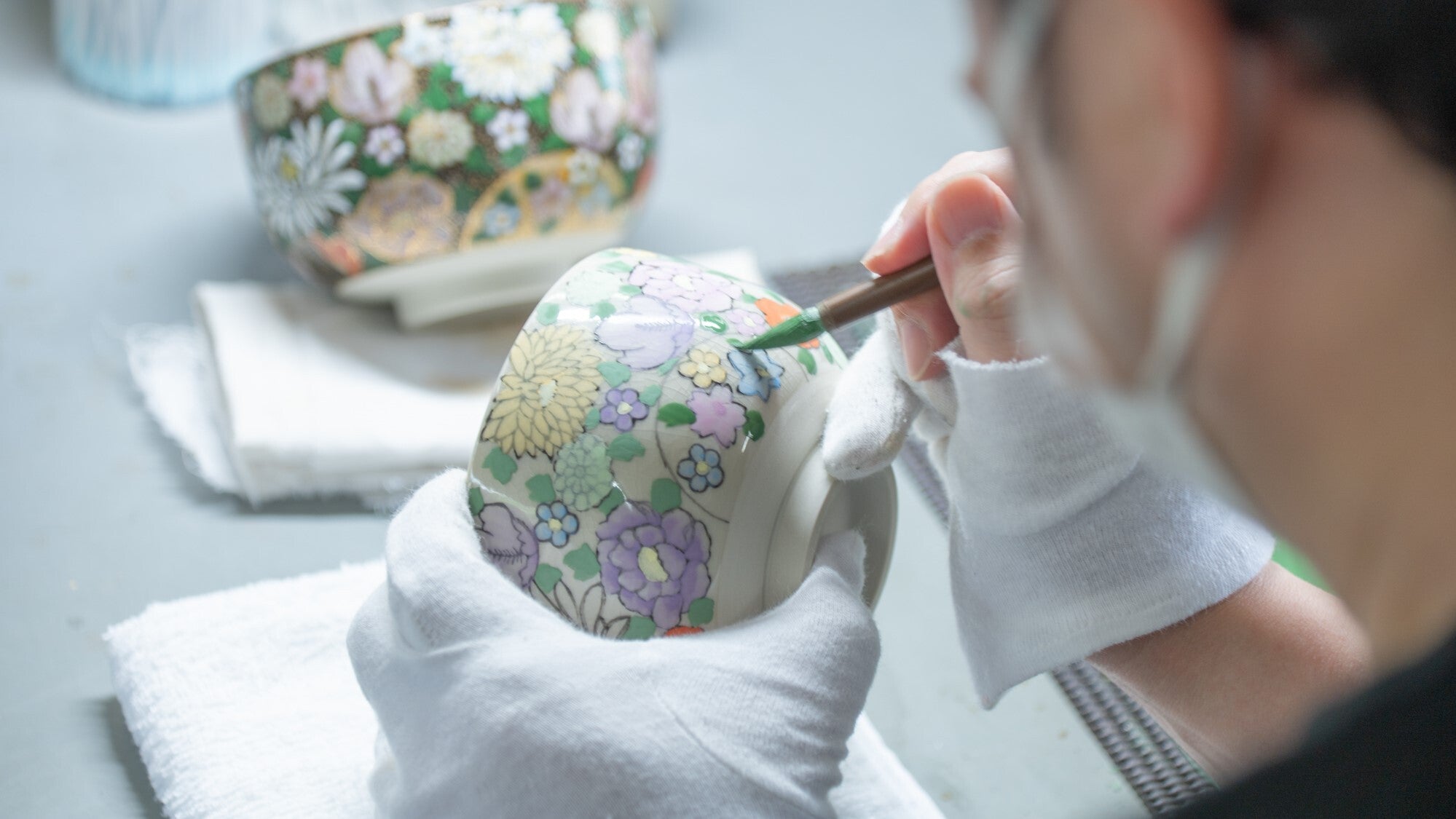
The Process of Making Kutani Ware
Written by Team MUSUBI
Kutani ware, while its vivid hues and bold patterns set it apart among Japanese ceramics, is produced through many processes: quarrying, clay making, molding, firing, underglaze painting, and overglaze painting. These processes require a high level of skill and artisans pour their heart and soul into perfecting every single piece. The traditional techniques of Kutani ware have been handed down from generation to generation.
table of contents
1. Quarrying

Hanasaka pottery stone is characterized by its high iron content, giving the finished clay a rich, grayish-white color. It is also a clay that is easy to shape on a potter's wheel because of its strong consistency.
2. Clay Making

3. Shaping the Form
Wheel Throwing "Rokuro"

Hand-Forming "Tebineri"

Fill-Molding "Teokoshi"

The traditional method of forming the base of a piece of pottery is fill-molding. In this method, a mold is made for each part of the piece, the clay is pressed into the mold, and then removed from the mold–finally assembling all parts into a single shape. All this work is done by hand. Because of the time and effort required, this method has become the mainstream method for molding pottery such as figurines.
Cast-Molding "Ikomi"

In cast molding, casting clay (mud plaster) dissolved in water is poured into a plaster mold instead of the clay used in wheel-thrown molding. This makes it possible to produce products with complex designs. It is also used to mold figurines and tableware, and can be mass-produced.
Mold-Forming "Katauchi"

First, use a potter's wheel to make the base of a piece of pottery thin, even, and the same size as the mold. If the base of a piece of pottery is uneven, it will crack or break when fired. If it is too thick, it will not be visually appealing, even if it is replicated in a mold. The process of placing the pieces on the mold also requires a certain amount of applied pressure, and the skill of the craftsman must be honed. Because of the skill required, and the time and effort involved, the number of kilns that practice this technique is decreasing nationwide.
However, as long as you have a mold, you can make many of the same ceramics decades or even centuries later. It is quite impressive that you can even revive ceramics from 200 years ago with a 200-year-old mold.
4. Bisque-Firing


5. Under glazing "Shitae"


Gosu, a Japanese pigment, is used to paint on the unglazed earthenware. Lines are drawn with a thin brush and painted flat or blurred with a thick brush. This painting technique is generally called Sometsuke. The pigment is reddish brown when applied, but changes to a bright indigo color after the second firing, which takes place after glazing.
6. Glazing

7. Second Firing


8. Over glazing "Uwae"


Unlike pigments used for Imari ware and Kyo ware, Japanese pigments for Kutani ware are thickly raised when painted, giving a translucent look. The basic color scheme of Kutani ware is considered to be green, blue, purple, yellow, and red, known as Kutani Gosai, however, many individual Kutani ware makers produce their own unique paints in their ateliers, and the works of famous artists are so unique that they can be recognized by their colors.


9. Overglaze firing

The light-colored Japanese pigments on the pottery turn vivid after firing. The Japanese pigments turn glassy, giving them a sense of transparency. This allows the underlying Gosu to show through and reveals delicate patterns. This transparency is one of the characteristics of Kutani ware.
In this way, Kutani ware is basically fired three times, although some pieces that have been painted with gold or silver may be fired a fourth time at a different temperature.
Kutani ware is made through a meticulous process. Each and every craftsman carefully completes each step with professional skill. The style of overglaze painting in each kiln during each period differs greatly, making it interesting to compare and enjoy the process. Make a stop in Kanazawa and explore the depth of Kutani ware for yourself!
Find your favorite Kutani ware

With its vivid hue and bold pattern, just one piece of the Kutani ware adds a touch of color to the dining table. Please visit our Kutani ware collection page.










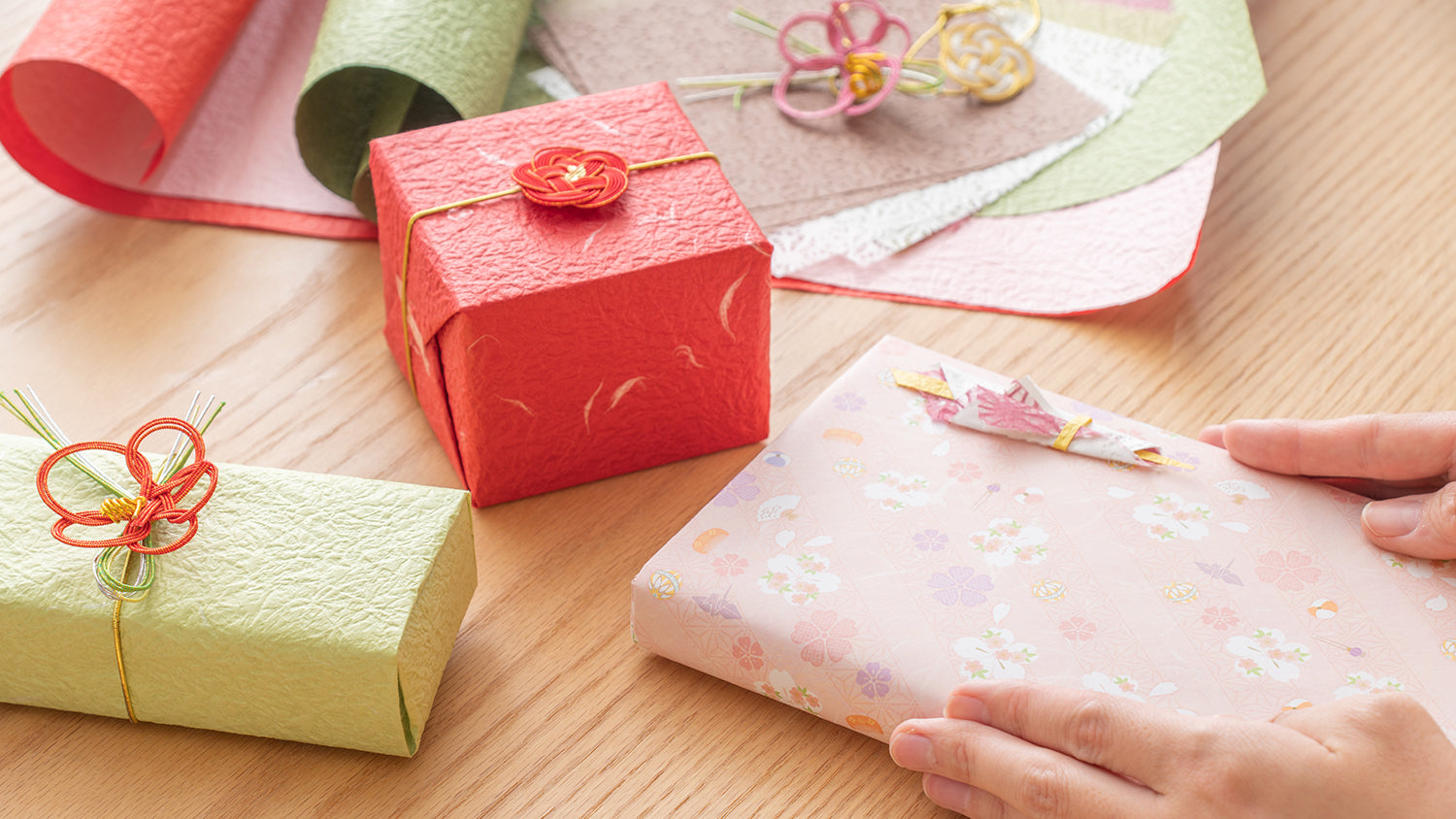

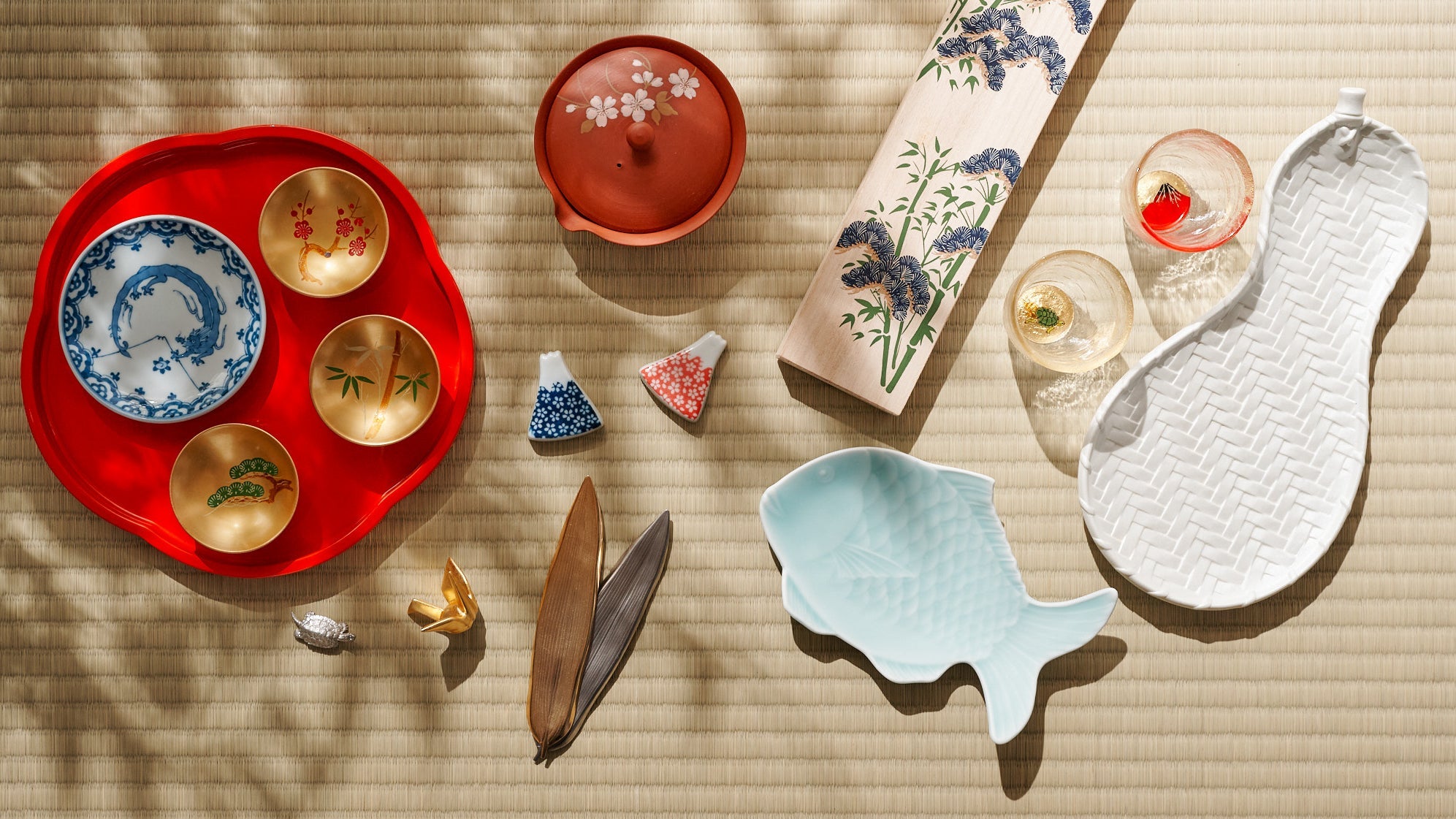
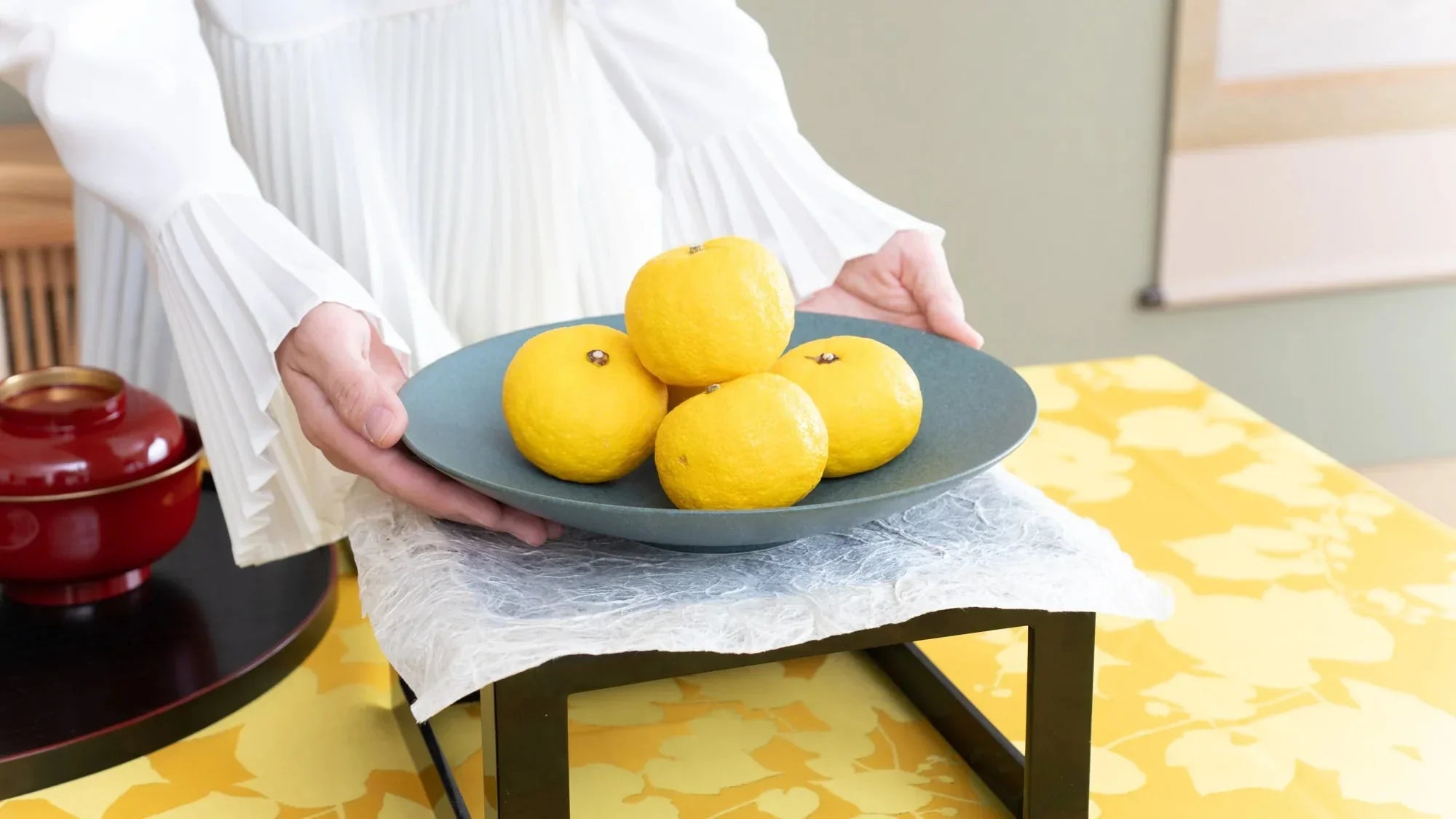
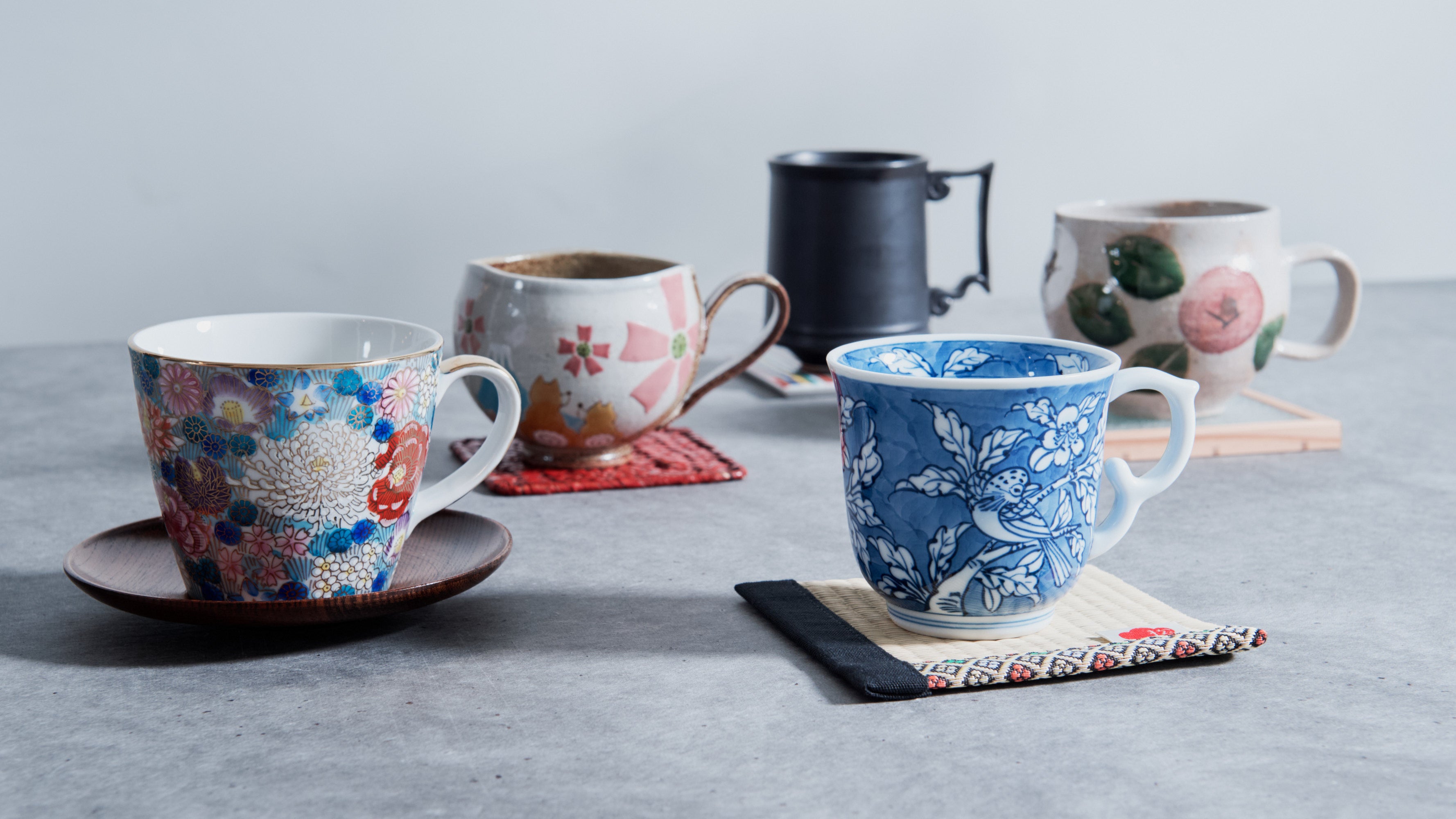
Leave a comment
This site is protected by hCaptcha and the hCaptcha Privacy Policy and Terms of Service apply.